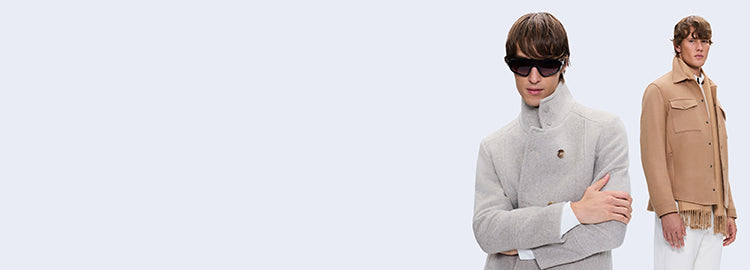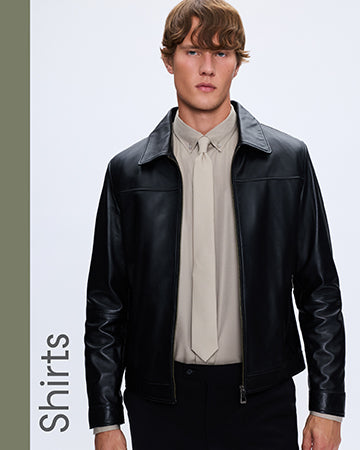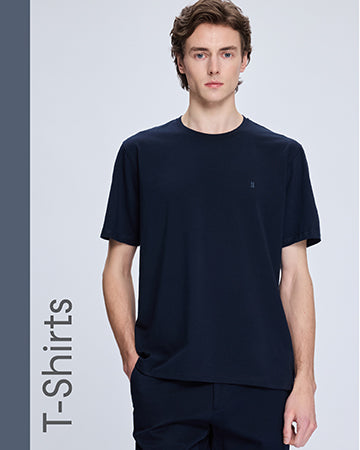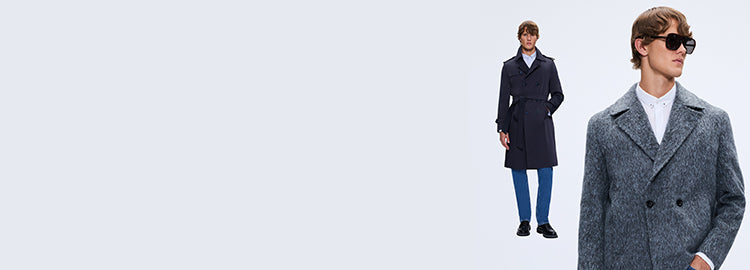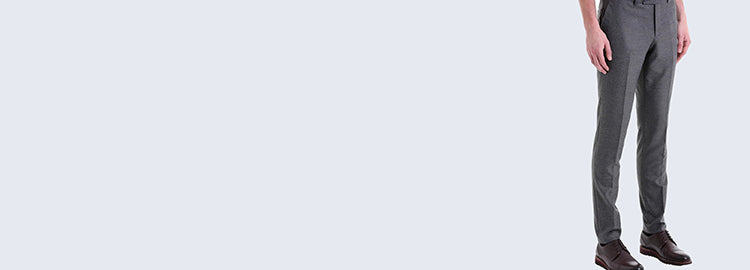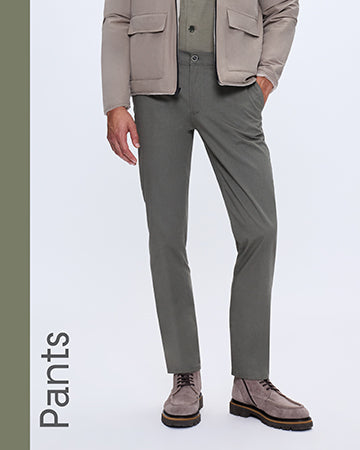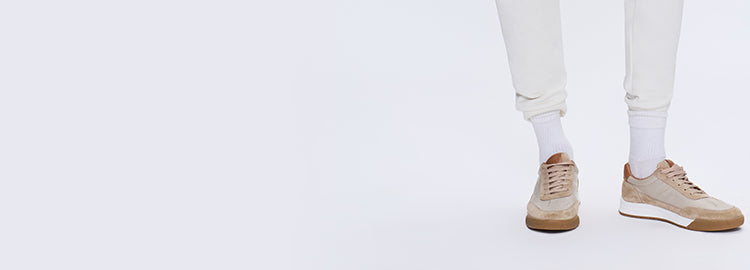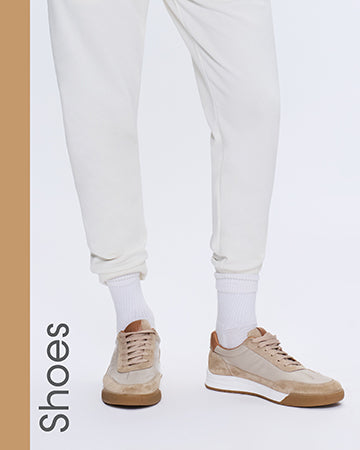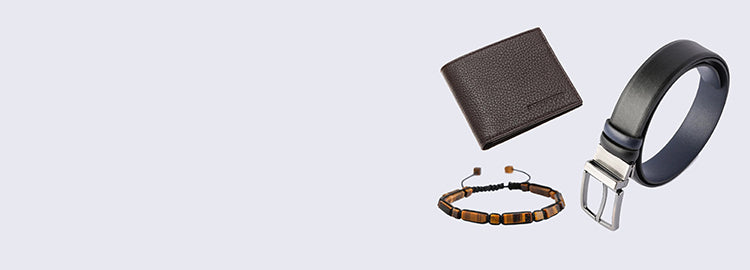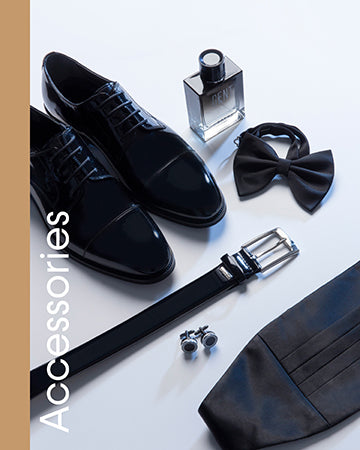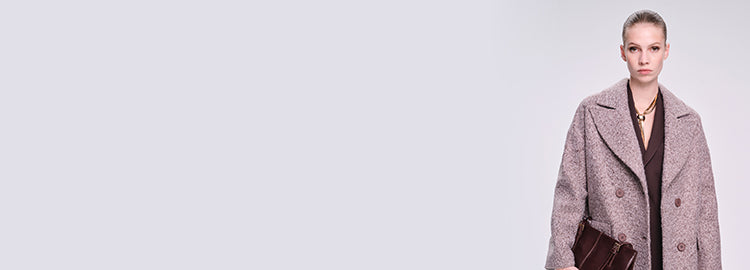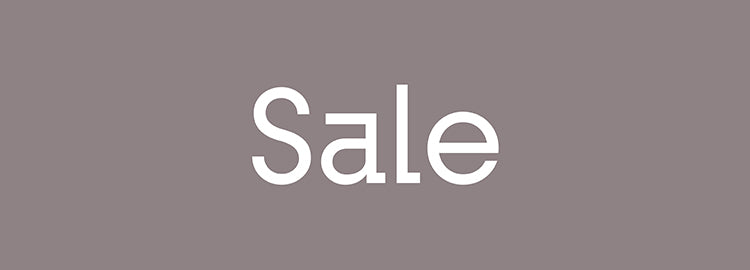Getting the right suit fit can make or break your professional appearance. Whether you're shopping for your first business suit or adding to your wardrobe, understanding proper measurements is crucial for looking sharp and feeling confident. A well-fitted suit doesn't just look better—it moves with your body and projects authority in any room you enter.
Why Accurate Measurements Matter
The difference between an off-the-rack suit and one that truly fits lies in the details. Poor measurements lead to bunching fabric, tight shoulders, sleeves that are too long or short, and an overall sloppy appearance that undermines your professional image.

When your suit fits correctly, it should feel like a second skin. You shouldn't notice pulling, binding, or excess fabric. A properly measured suit enhances your natural silhouette while allowing full range of motion for daily activities like sitting, reaching, and walking.
Professional tailors know that even small adjustments, like taking in the waist by an inch or adjusting sleeve length by half an inch—can transform how you look and feel in your suit. This attention to detail is what separates a good men's suits from a great one.
Essential Measurements – What & How
Getting accurate measurements requires the right technique and, ideally, a second person to help. Here's what you need to measure and the proper method for each:
Chest Measurement
The chest measurement determines your jacket size and is the foundation for everything else. Wrap the measuring tape around the fullest part of your chest, typically just under your armpits. Keep the tape level and snug but not tight, you should be able to slide a finger underneath.
Breathe normally during this measurement. If you hold your breath or puff out your chest, you'll end up with a jacket that's too large. The goal is to capture your natural chest size in a relaxed state.
Waist Measurement (Jacket & Pants)
For jacket waist measurement, find your natural waistline, usually the narrowest part of your torso, about an inch above your navel. This measurement helps determine how much the jacket needs to be taken in for a tailored silhouette.
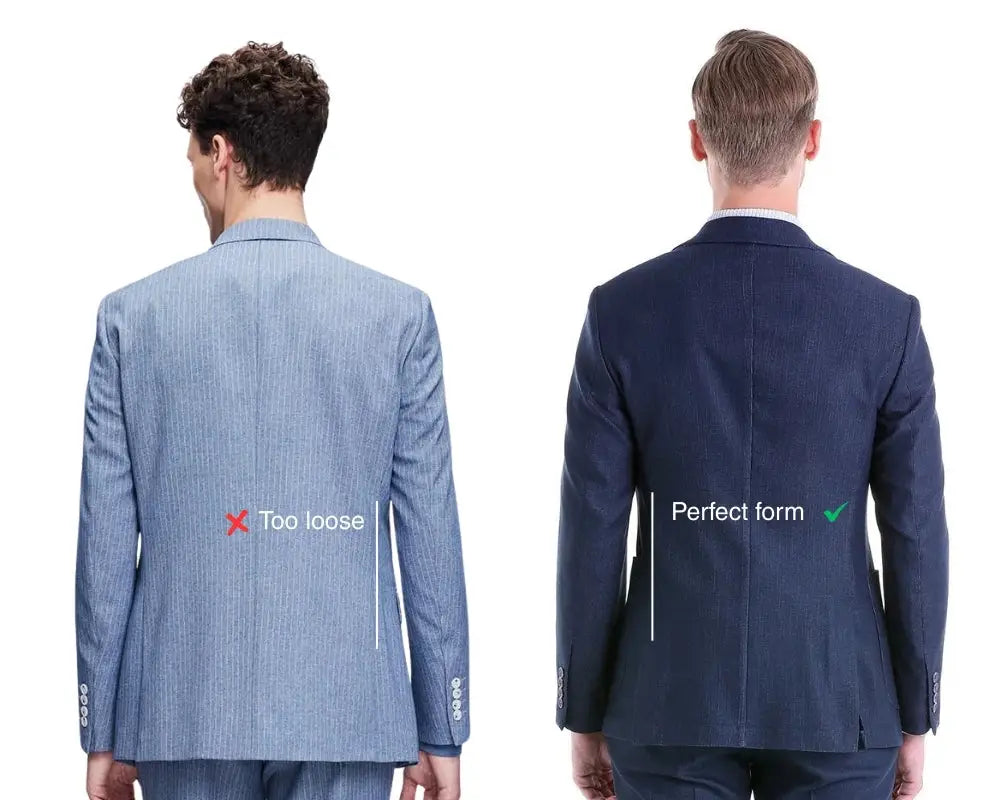
Pants waist measurement is taken where you normally wear your trousers, which may be at your natural waist or slightly lower depending on your preferred style. Don't suck in your stomach—measure where the waistband will actually sit during normal wear.
Hip / Seat
Stand with feet together and measure around the fullest part of your hips and seat. This measurement is critical for pants fit, especially in the seat area. Too tight here and your pants will pull and create unflattering lines; too loose and you'll have excess fabric bunching up.
Shoulder Width
This is one of the most important measurements because shoulders are difficult and expensive to alter. Measure from the edge of one shoulder (where your arm meets your torso) across your back to the edge of the other shoulder. Keep the tape straight across your back.
The jacket shoulder should sit right at your natural shoulder point, not beyond it, and not falling short. When done correctly, there should be no pulling or bunching in the shoulder area.
Sleeve Length
Measure from your shoulder point down your arm to where you want the jacket sleeve to end. The standard is to have about a quarter to half-inch of shirt cuff showing beyond the jacket sleeve.
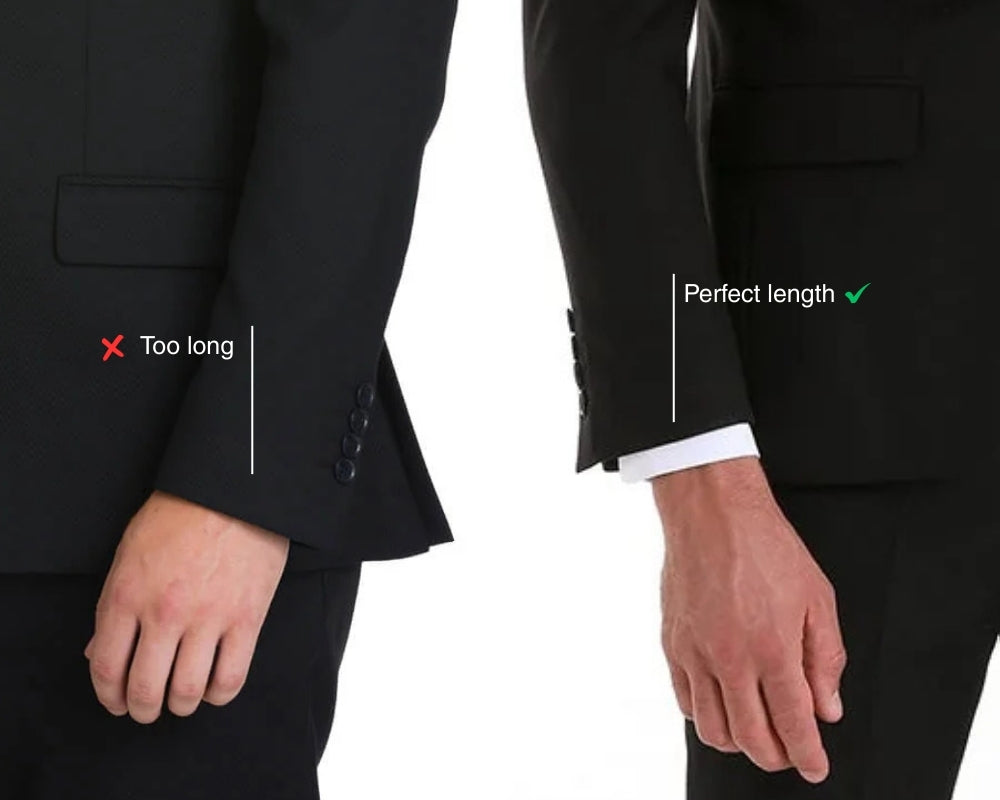
Keep your arm relaxed at your side during this measurement. Some people prefer slightly shorter sleeves for a more modern look, while others stick to traditional proportions.
Jacket Length
Jacket length affects your overall proportions and should complement your body type. Measure from the base of your collar down your back to where you want the jacket to end.
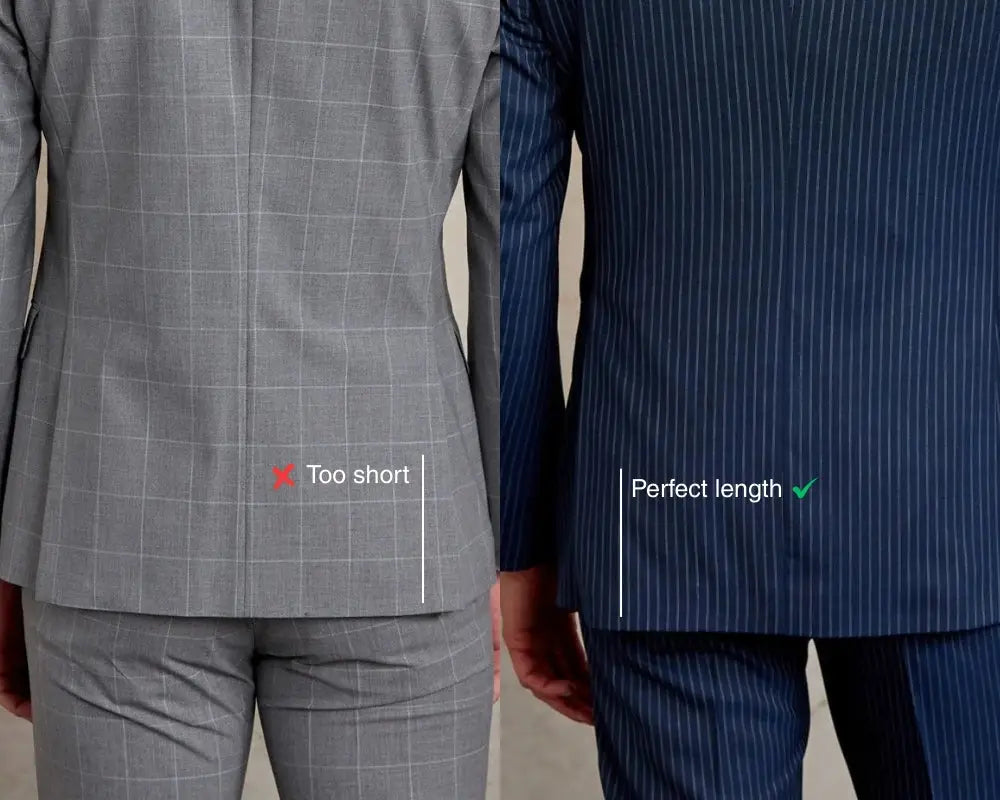
A good rule of thumb: the jacket should cover your seat but not extend much beyond it. Taller men can wear slightly longer jackets, while shorter men should opt for shorter lengths to avoid being overwhelmed by fabric.
Collar Fit
The collar should sit snugly against your neck without gaping or pulling. When measuring for collar fit, ensure there's enough room for comfort but not so much that the collar stands away from your neck.
You should be able to fit one finger between your neck and the collar when the jacket is buttoned. The jacket collar should also lie flat against your shirt collar without creating space at the back of your neck.
Measurement Procedure & Fit Types
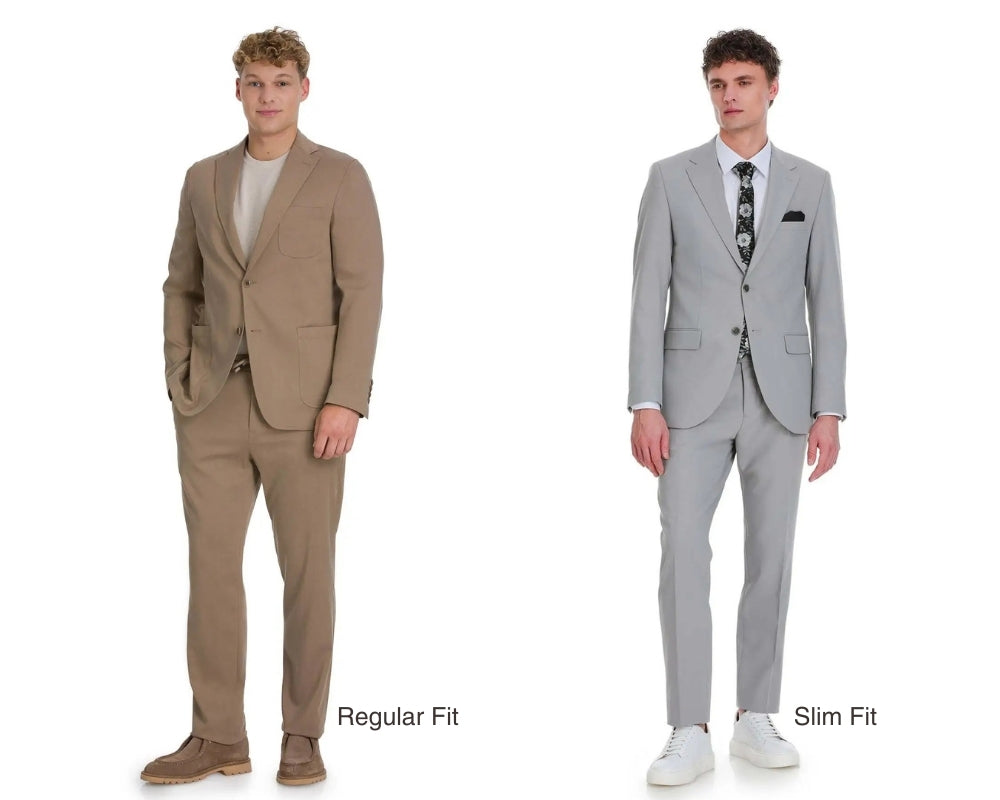
Understanding different fit types helps you communicate your preferences to tailors and salespeople:
Slim Fit: Closer to the body with minimal excess fabric. Popular with younger professionals and those with athletic builds. Requires precise measurements since there's little room for error.
Regular Fit: The classic American cut with moderate shaping. Provides comfort and flexibility while still looking tailored. Good for most body types and professional environments.
Relaxed Fit: Roomier through the chest and waist. Better for larger body types or those who prioritize comfort over a fitted silhouette.
When taking measurements, wear the undergarments and shoes you plan to wear with the suit. This ensures the most accurate fit, especially for pants length and overall proportions.
Take measurements at the same time of day you'll typically wear the suit, as your body can fluctuate throughout the day. Late afternoon measurements often provide the most realistic sizing.
Styling & Fit Tips
Even with perfect measurements, styling choices can make or break your look:
Understanding Drop Measurements: The measurement that determines your jacket size is your chest circumference. Your waist circumference determines the drop of the jacket you will wear.
Jacket sizes ranging from 36-46 are the measurement of your chest circumference in inches (1 inch = 2.54 cm). When you divide your chest circumference measurement by 2.54, you can find your jacket size.
Your waist circumference determines the drop of the jacket you will wear. Drops that can vary between 4-8 indicate the width of your jacket's waist circumference. The widest drop is 4, the narrowest drop is 8.
When you measure your waist circumference, divide it by 2.54, and subtract this value from your jacket size, you can find your jacket drop measurement.

Button stance matters: Never button the bottom button of a two-button jacket. For three-button jackets, you can button the middle one or both the top and middle buttons.
Pants break: The break refers to how your pants hit your shoes. A slight break (small crease) is traditional, while no break creates a more modern, clean line.
Proportion is key: If you're shorter, avoid wide lapels and opt for a slightly shorter jacket. Taller men can handle wider lapels and longer jackets without looking overwhelmed.
Consider your lifestyle: If you sit frequently, ensure there's enough room in the seat and thighs. If you travel often, choose fabrics and cuts that resist wrinkling. For more casual professional settings, men's blazers offer versatility while maintaining a polished appearance. Always coordinate with properly fitted men's shirts and well-tailored men's pants for a complete professional look.
Remember that measurements are just the starting point. A skilled tailor can make adjustments to create the perfect fit for your body type and personal style preferences. Whether you're preparing for a formal event requiring tuxedos or building a professional wardrobe, don't be afraid to speak up about areas where the fit doesn't feel right—minor tweaks can make a major difference in how you look and feel in your suit.
The investment in proper measurements and tailoring pays dividends every time you put on your suit. When everything fits correctly, you'll move with confidence knowing you look your absolute best.

